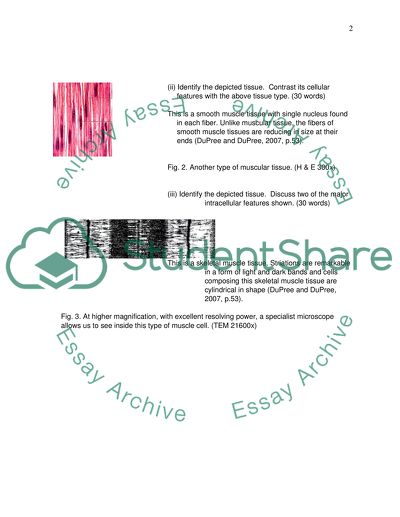Cite this document
(“Human Biology Essay Example | Topics and Well Written Essays - 1500 words”, n.d.)
Human Biology Essay Example | Topics and Well Written Essays - 1500 words. Retrieved from https://studentshare.org/biology/1605814-human-biology
Human Biology Essay Example | Topics and Well Written Essays - 1500 words. Retrieved from https://studentshare.org/biology/1605814-human-biology
(Human Biology Essay Example | Topics and Well Written Essays - 1500 Words)
Human Biology Essay Example | Topics and Well Written Essays - 1500 Words. https://studentshare.org/biology/1605814-human-biology.
Human Biology Essay Example | Topics and Well Written Essays - 1500 Words. https://studentshare.org/biology/1605814-human-biology.
“Human Biology Essay Example | Topics and Well Written Essays - 1500 Words”, n.d. https://studentshare.org/biology/1605814-human-biology.


